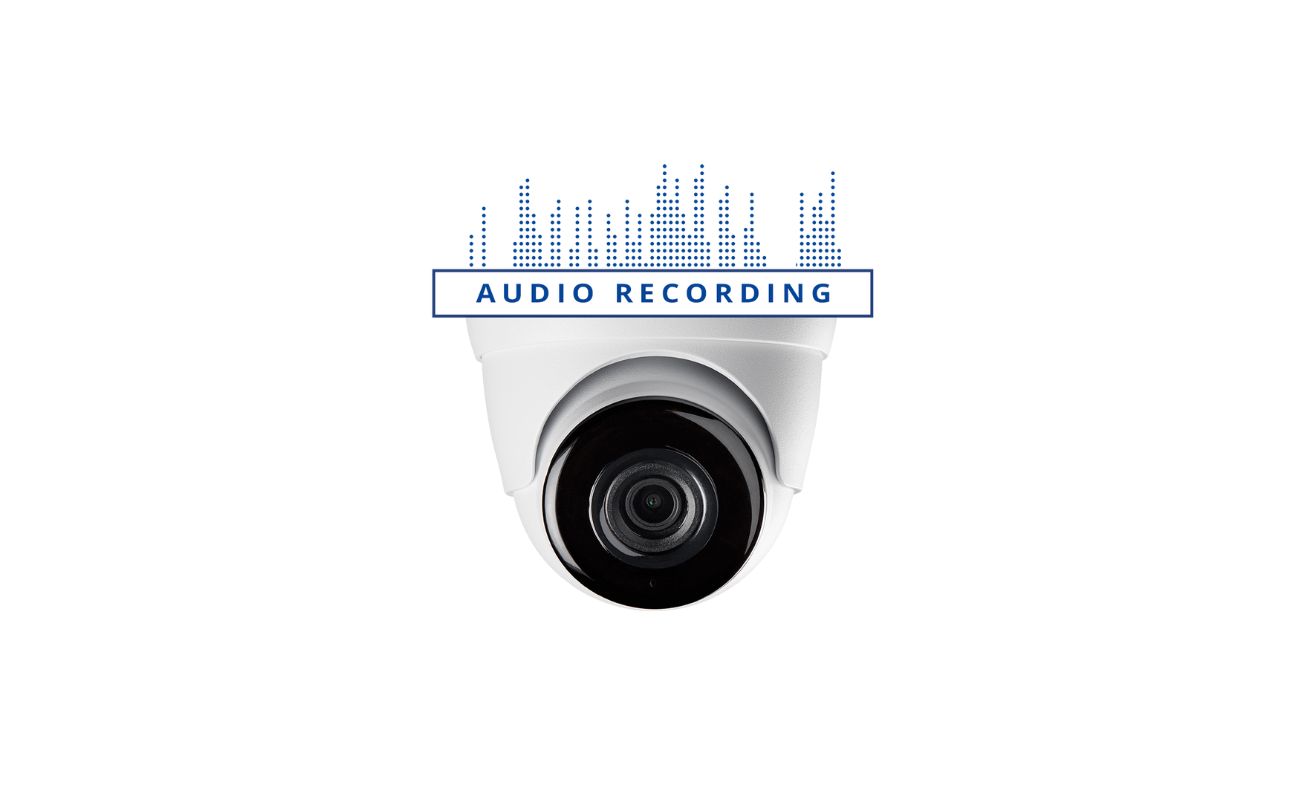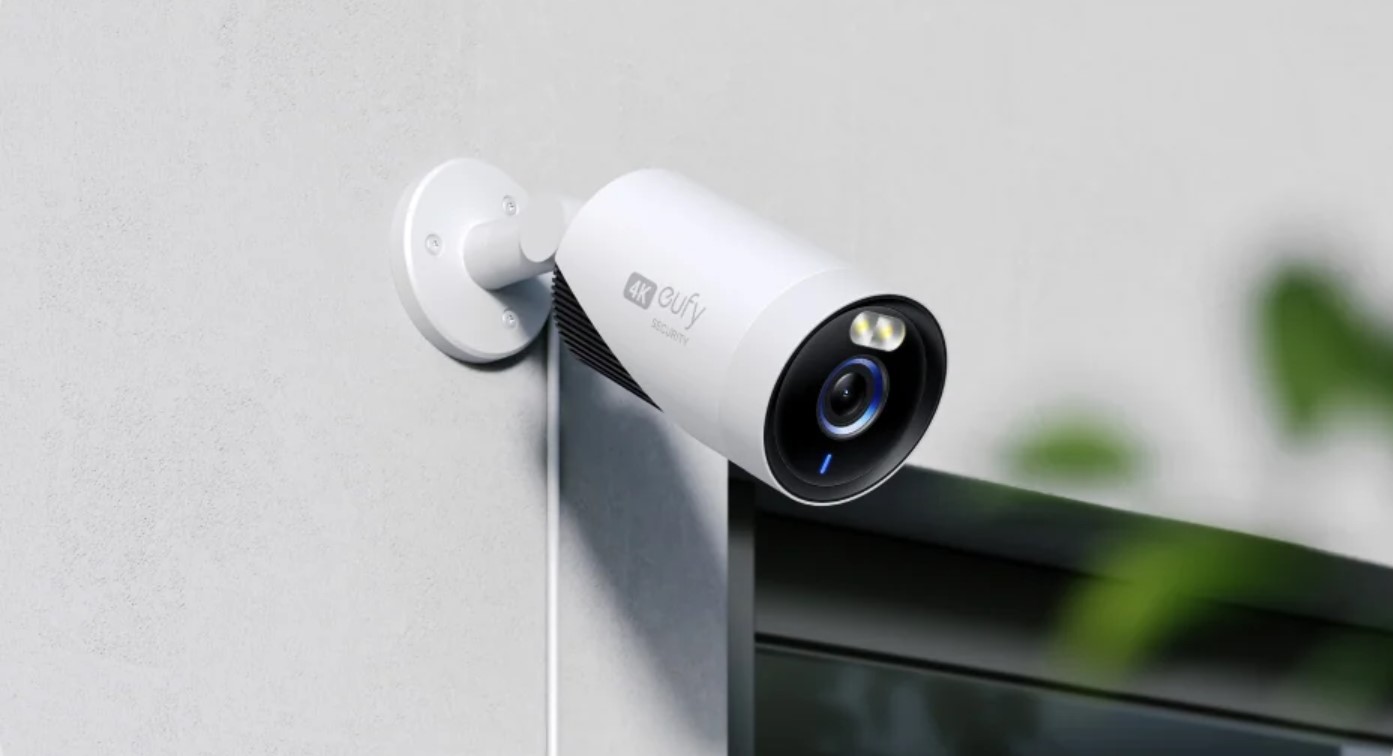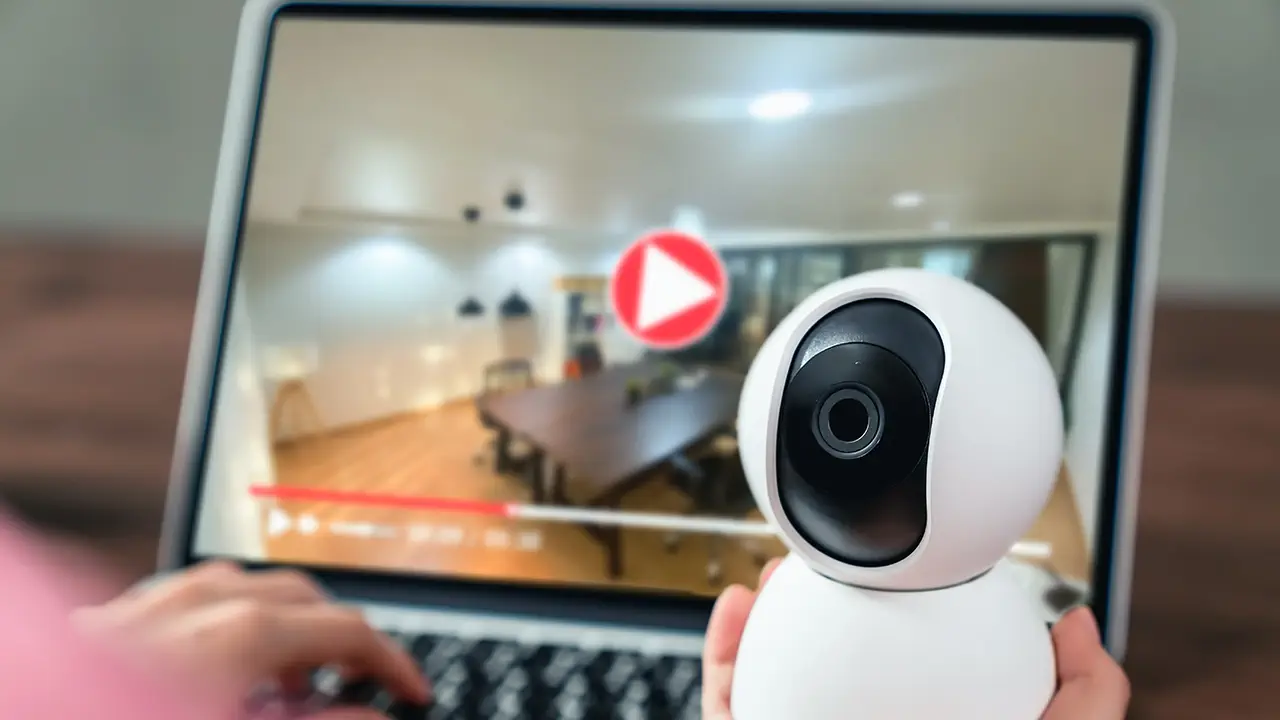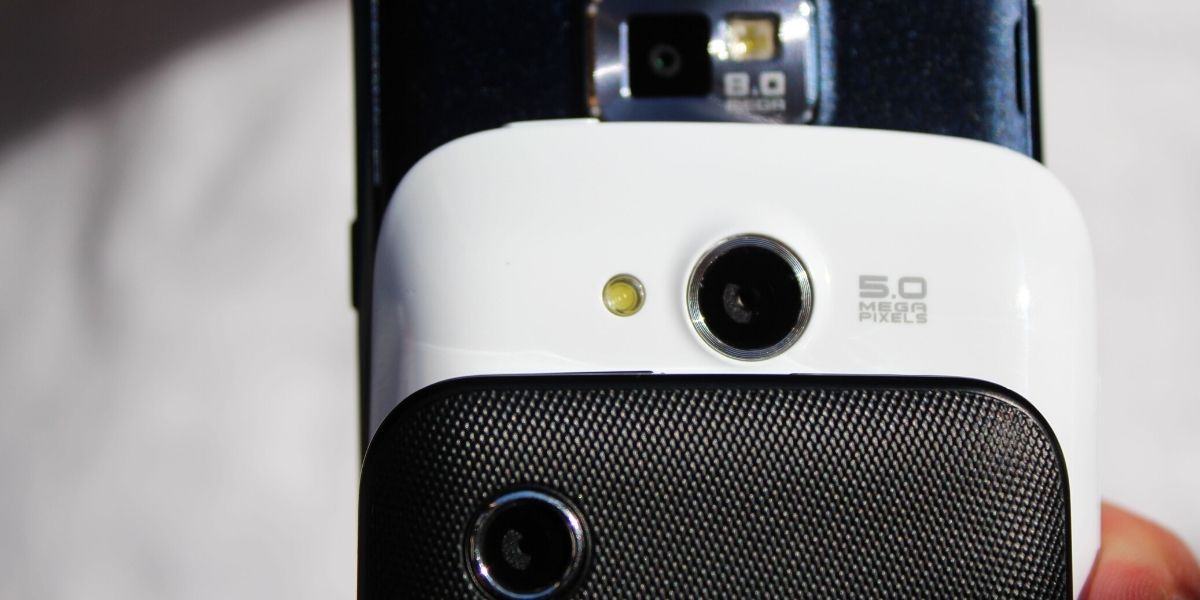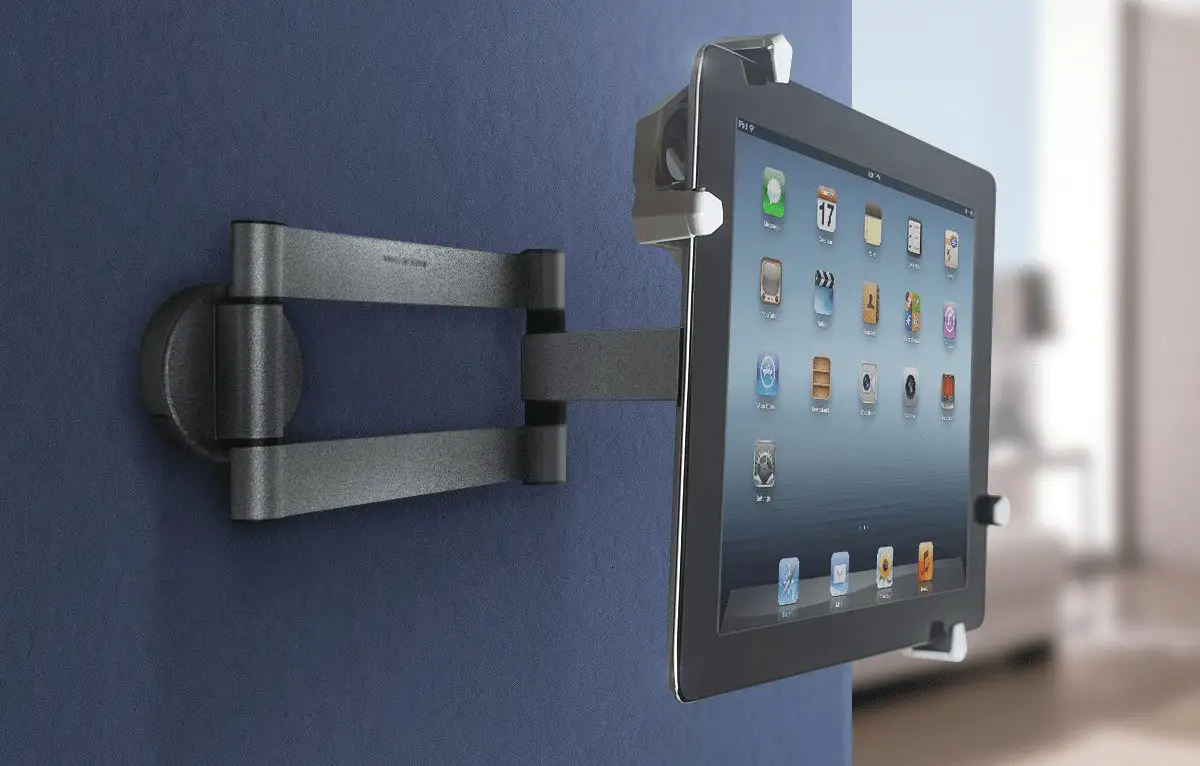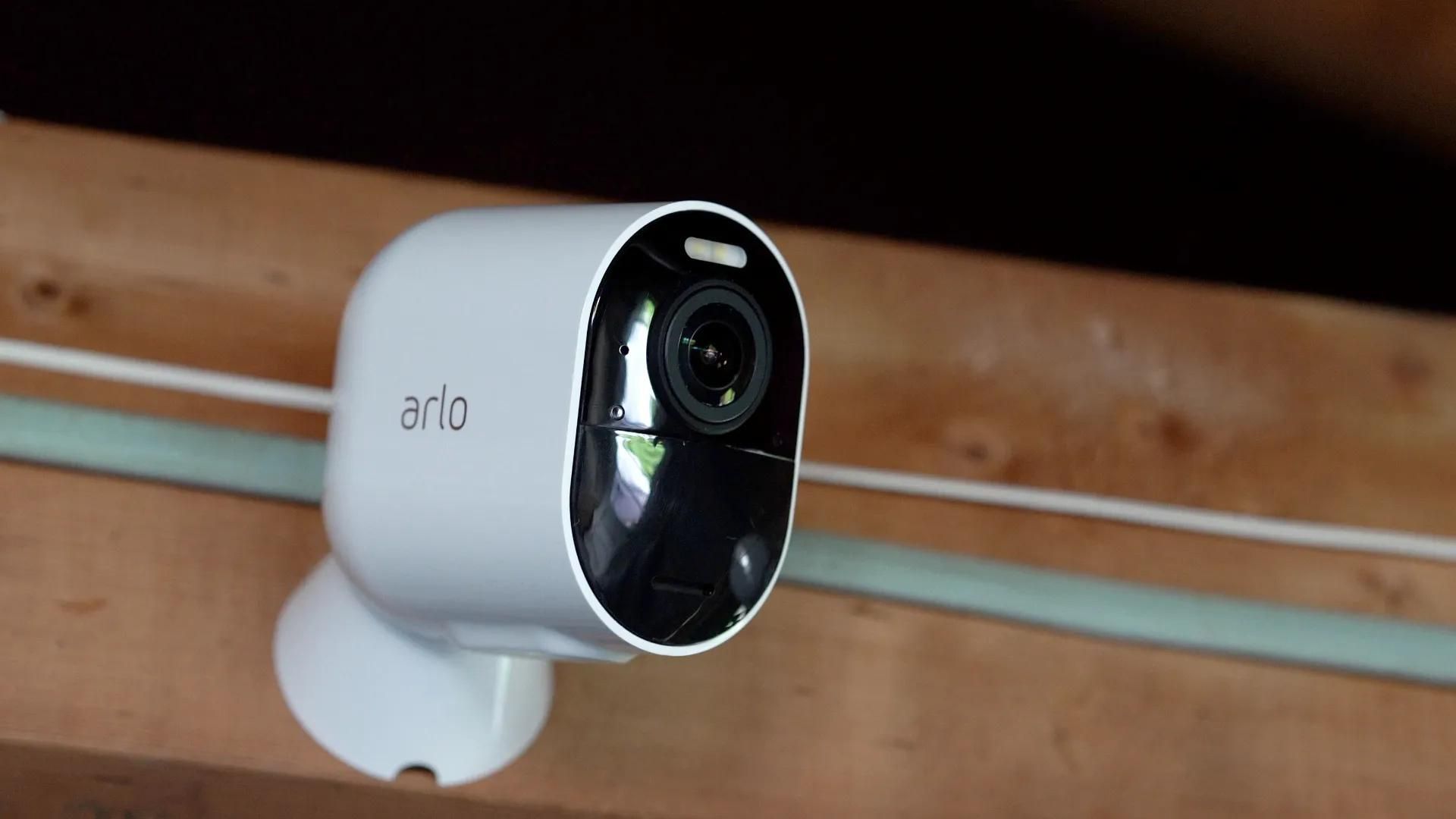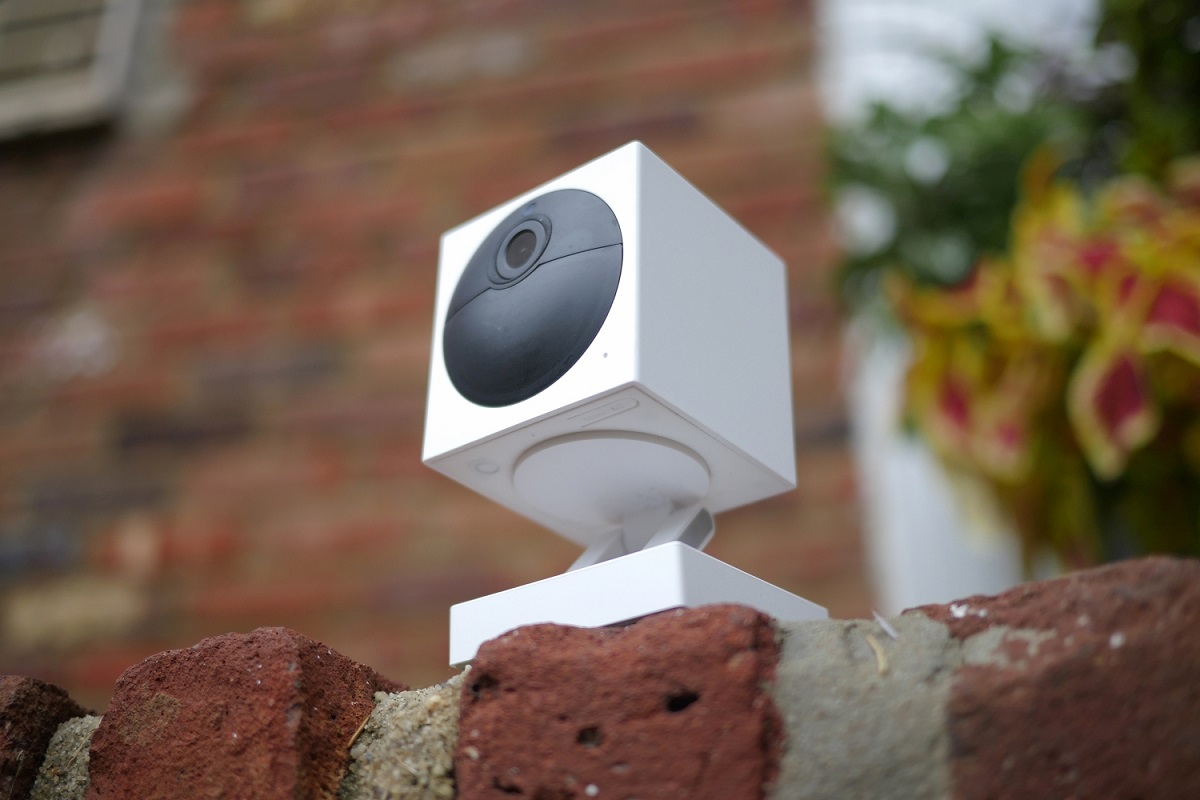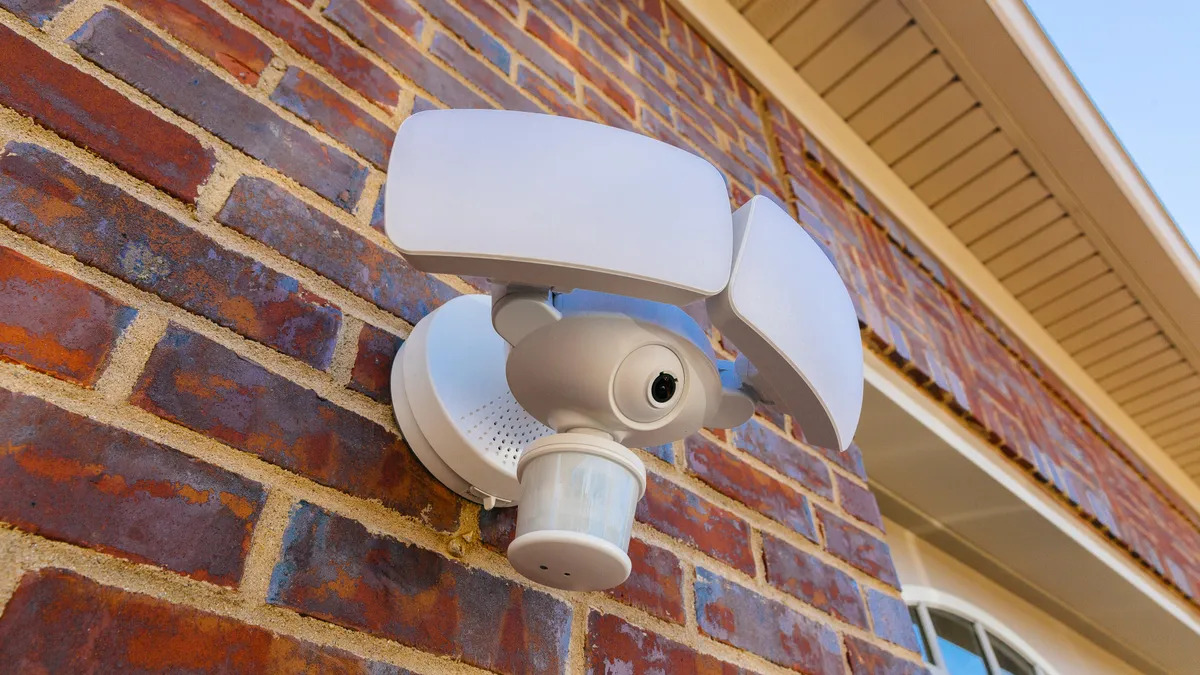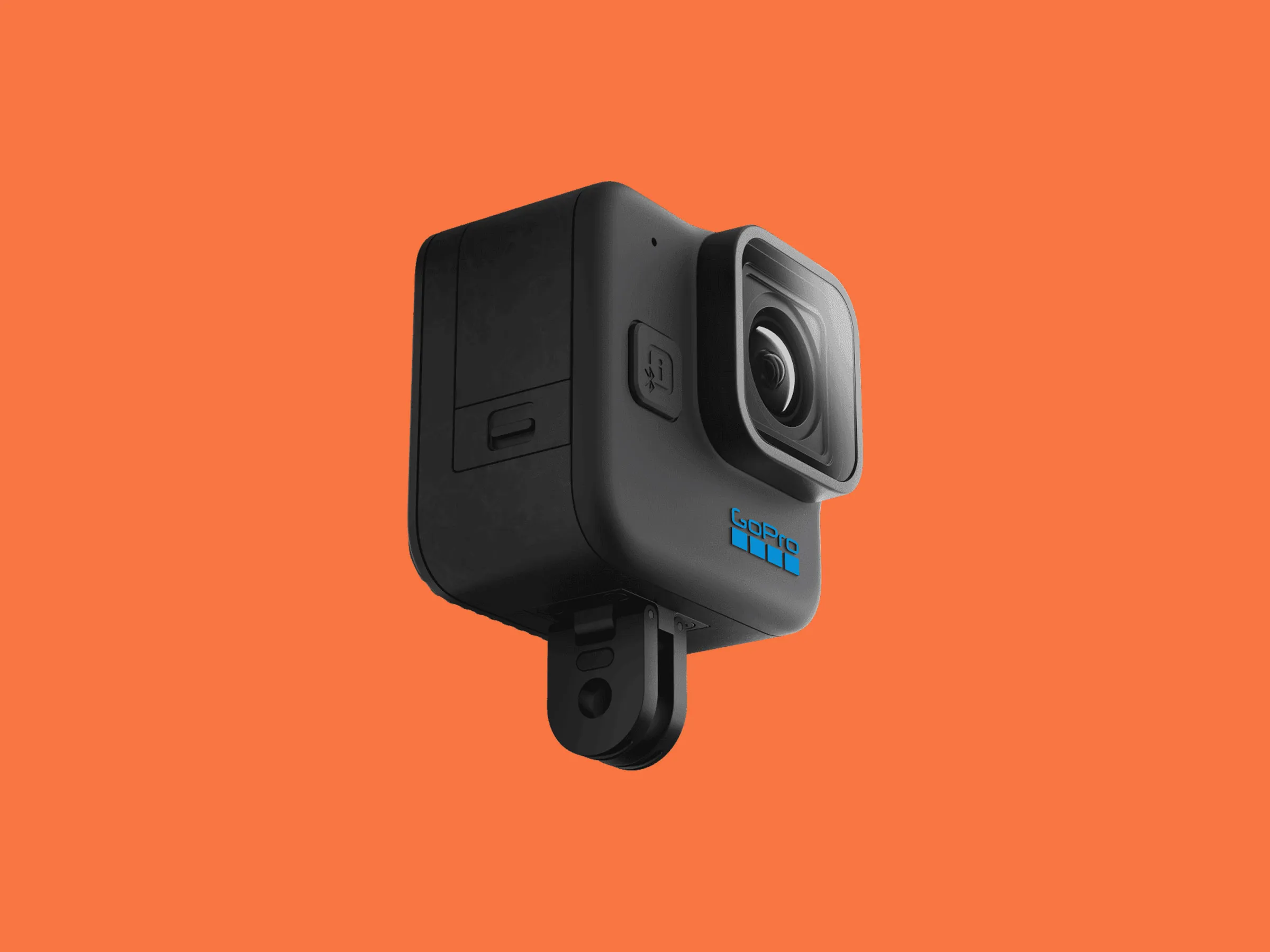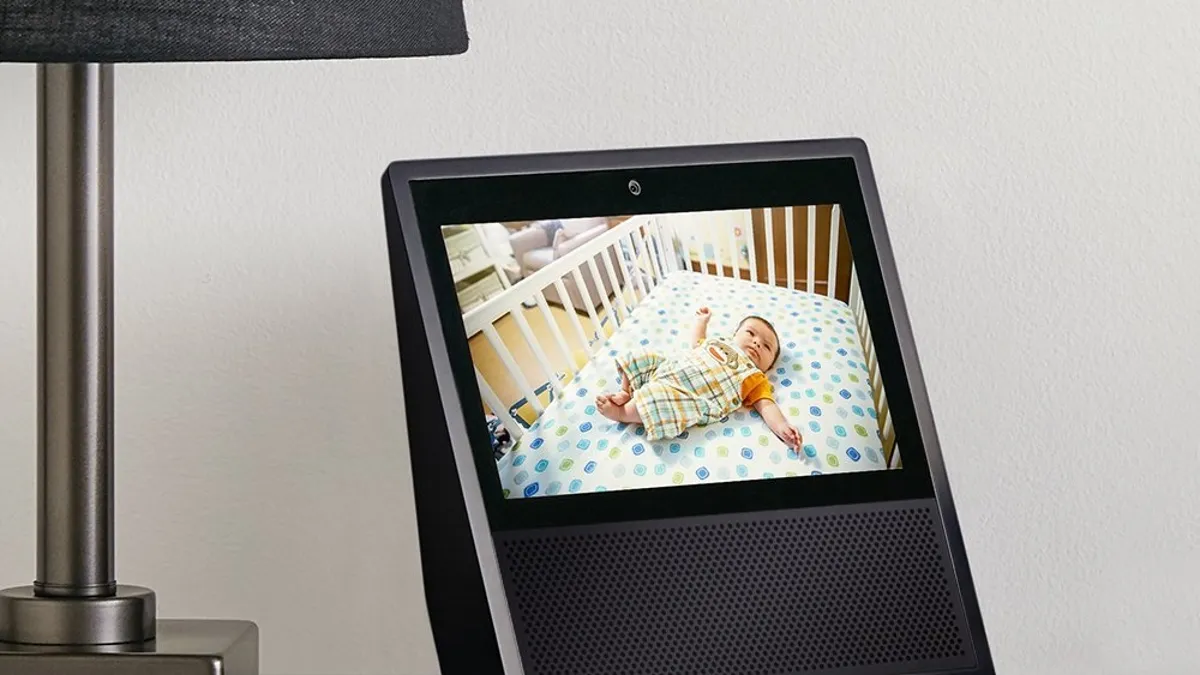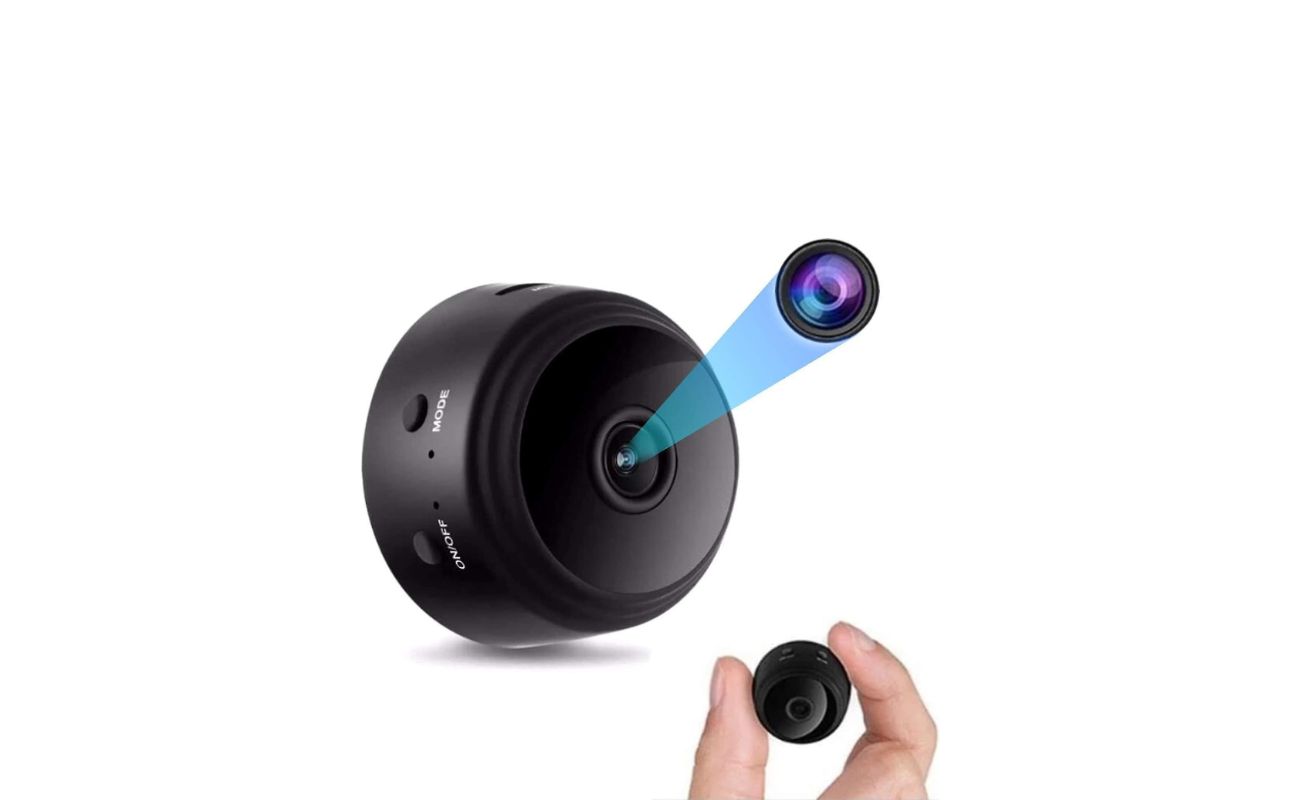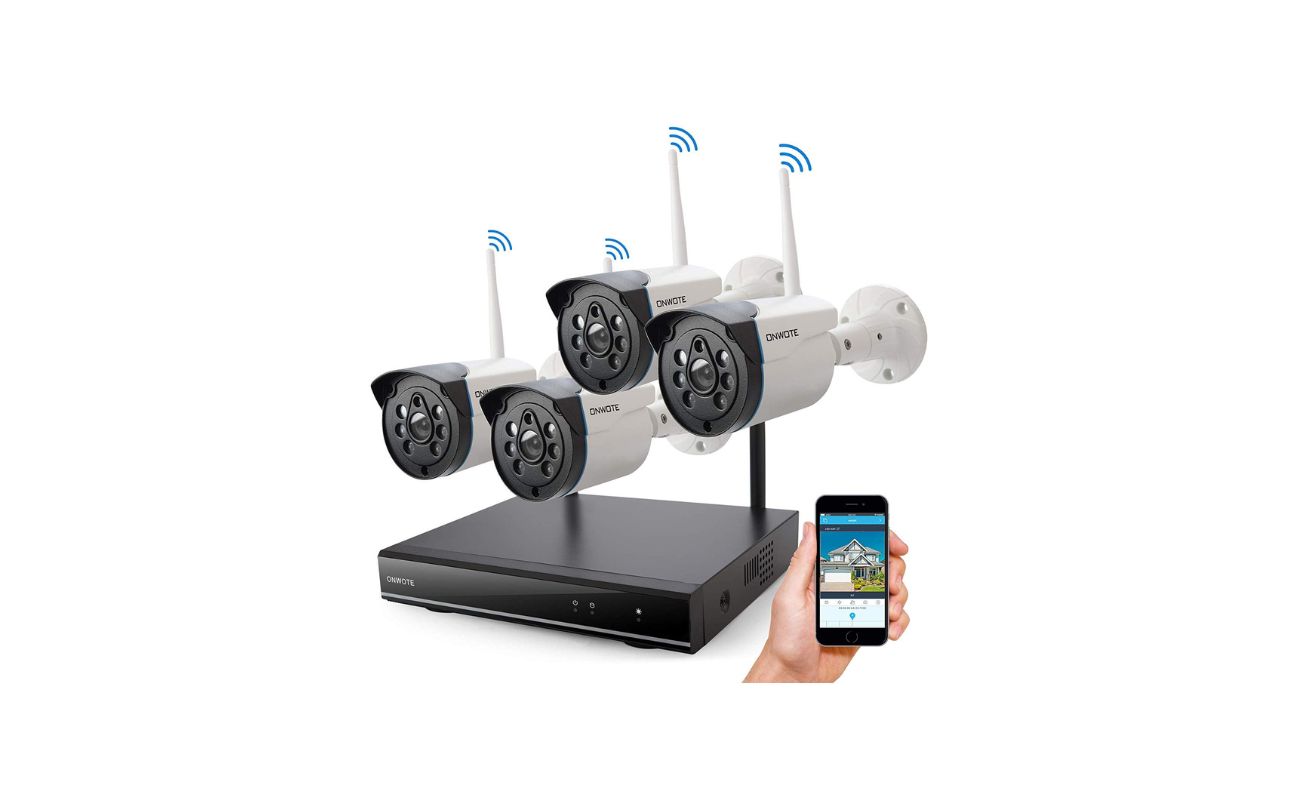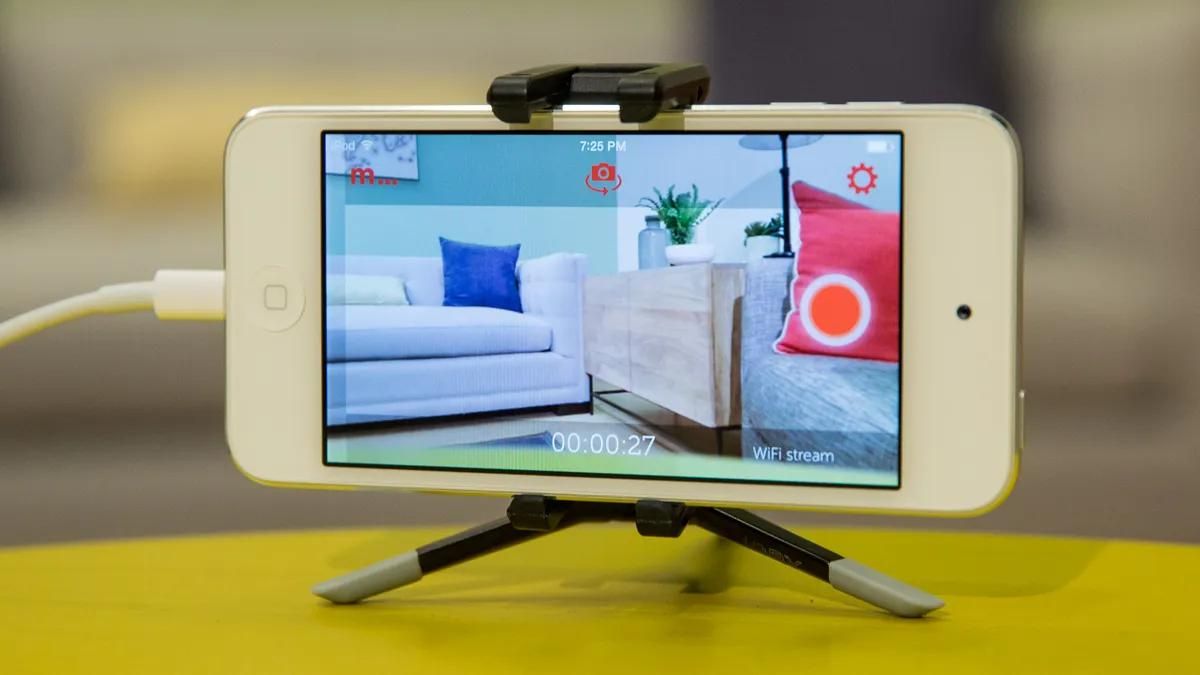Home>Home Security and Surveillance>How To Record Using Security Camera
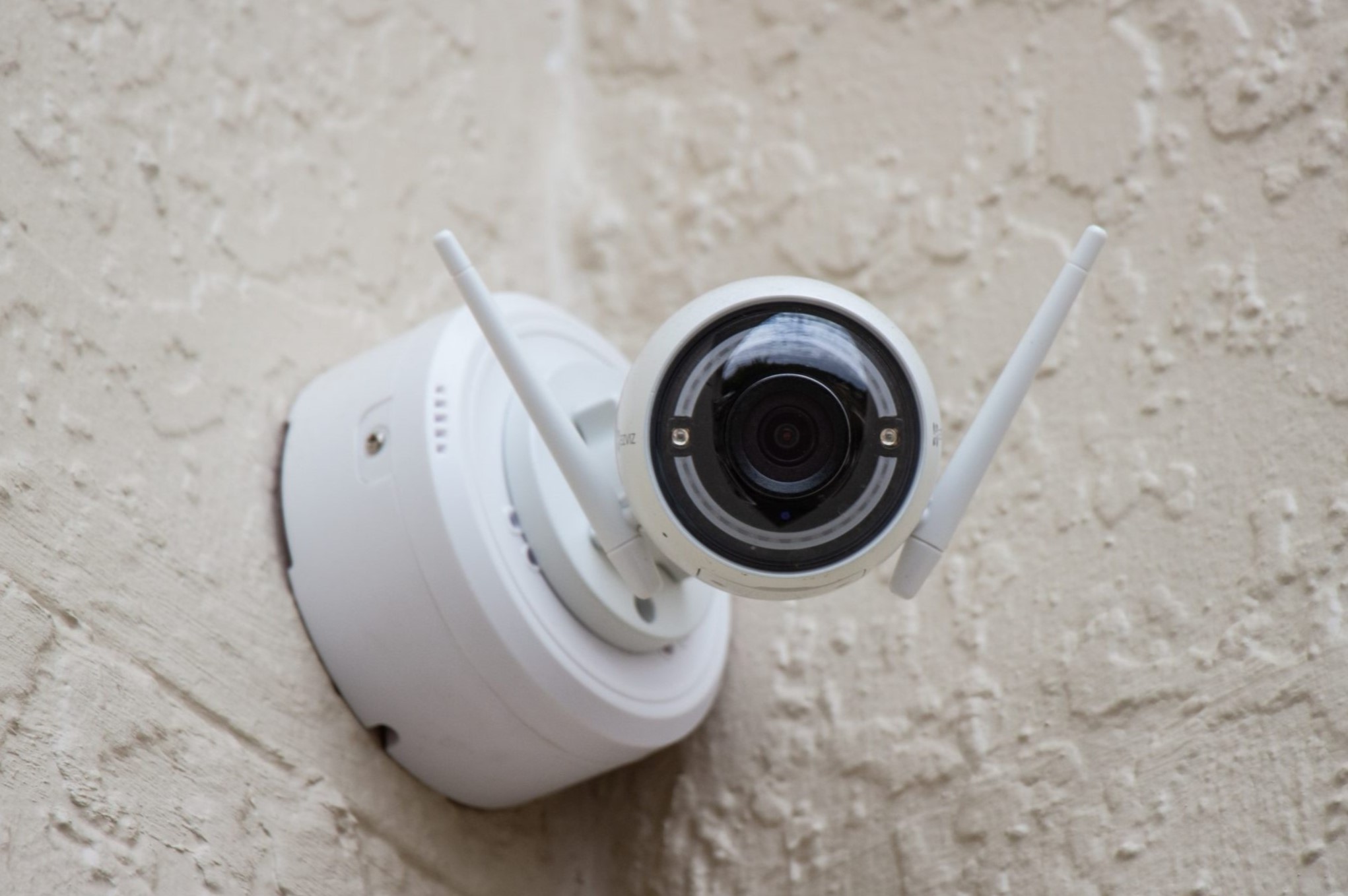

Home Security and Surveillance
How To Record Using Security Camera
Modified: March 6, 2024
Learn how to record using a security camera for your home security and surveillance needs. Find out the best techniques and settings to capture clear footage.
(Many of the links in this article redirect to a specific reviewed product. Your purchase of these products through affiliate links helps to generate commission for Storables.com, at no extra cost. Learn more)
Introduction
In today’s world, home security is a top priority for many homeowners. With the increasing concern over thefts and burglaries, it’s crucial to have an effective surveillance system in place to protect your home and loved ones. One of the key components of a comprehensive security system is a high-quality security camera that allows you to record and monitor any suspicious activities.
In this article, we will guide you on how to record using a security camera effectively. We will cover topics such as choosing the right security camera, setting it up, configuring recording settings, monitoring and accessing recorded footage, and provide you with several tips to enhance your recording experience.
Whether you are a new homeowner looking to install your first security camera or a seasoned homeowner wanting to upgrade your existing system, this article is your comprehensive guide to recording using security cameras.
Key Takeaways:
- Choosing the right security camera is crucial for effective home surveillance. Consider factors like indoor/outdoor use, resolution, field of view, night vision, and power source to ensure maximum protection.
- Proper setup, recording settings configuration, and regular monitoring are essential for getting the most out of your security camera system. Combine it with other security measures for comprehensive home protection.
Read more: How To Record Security Camera To PC
Choosing the Right Security Camera
When it comes to choosing the right security camera for your home, there are several factors to consider. The market offers a wide variety of options, so it’s important to select a camera that meets your specific needs. Here are some key factors to consider:
- Indoor vs. Outdoor: Determine whether you need the camera for indoor or outdoor surveillance. Outdoor cameras are designed to withstand harsh weather conditions and provide a wider viewing angle, while indoor cameras are typically smaller and more discreet.
- Resolution: Look for a camera with high resolution to ensure clear and detailed footage. High-definition (HD) cameras are the preferred choice as they capture finer details, making it easier to identify faces and objects.
- Field of View: Consider the camera’s field of view, which determines how much area the camera can cover. Cameras with a wide field of view are ideal for monitoring large spaces such as yards, while cameras with a narrow field of view are suitable for focused surveillance.
- Night Vision: If you want to capture footage in low-light or nighttime conditions, opt for a camera with good night vision capabilities. Look for infrared (IR) LEDs that provide clear imaging even in complete darkness.
- Power Source: Determine whether you prefer a wired or wireless camera. Wired cameras require a power source and are often more reliable, while wireless cameras are easier to install and offer flexibility in terms of placement.
Additionally, consider features like motion detection, two-way audio, and remote access, which can greatly enhance your surveillance experience. It’s also important to choose a reputable brand that offers reliable customer support and regular firmware updates to keep your camera secure.
By carefully considering these factors, you can choose a security camera that suits your specific surveillance needs and provides peace of mind knowing your home is protected.
Setting up the Security Camera
Once you have selected the right security camera for your needs, it’s time to set it up in your desired location. Follow these steps to ensure a successful installation:
- Select the installation location: Determine the best location for your security camera. It should provide a clear view of the area you want to monitor. Consider factors like lighting, accessibility to power, and potential obstructions.
- Mount the camera: Use the appropriate mounting hardware to securely attach the camera to the chosen location. Ensure that the camera is level and facing the right direction for optimal coverage.
- Connect the camera: If you are using a wired camera, connect it to a power source and the recording device (DVR or NVR) using the provided cables. For wireless cameras, follow the manufacturer’s instructions to establish a connection to your home Wi-Fi network.
- Test the camera: Once the camera is connected, verify that it is functioning properly by accessing the camera’s live feed through the manufacturer’s mobile app or web interface. Ensure that the camera captures the desired area and the image quality meets your expectations.
- Adjust camera settings: Access the camera’s settings either through the mobile app or web interface. Customize settings such as motion sensitivity, recording duration, and notification preferences according to your needs.
Setting up a security camera may require drilling holes, running cables, or adjusting settings. If you are not comfortable with these tasks, consider hiring a professional installer to ensure proper installation and optimal performance.
Remember to also consider the security of your camera by changing default passwords, keeping the firmware updated, and protecting your home network with a strong password to prevent unauthorized access.
By following these steps, you can set up your security camera effectively and begin capturing footage of your home and surroundings.
Configuring the Recording Settings
Configuring the recording settings of your security camera is essential to ensure that you capture the footage you need and optimize storage space. Here are the steps to configure the recording settings:
- Select the recording mode: Choose the appropriate recording mode based on your monitoring needs. Most security cameras offer options such as continuous recording, scheduled recording, or motion-based recording. Continuous recording captures footage 24/7, scheduled recording allows you to define specific time periods for recording, and motion-based recording activates the camera only when motion is detected.
- Adjust motion detection settings: If you opt for motion-based recording, fine-tune the motion detection settings to reduce false alarms. Adjust the sensitivity level to specify the amount of motion required to trigger recording and set up motion detection zones to focus on specific areas.
- Define video quality and resolution: Determine the desired video quality and resolution for your recordings. Higher quality and resolution result in clearer and more detailed footage but may consume more storage space. Find a balance that meets your needs.
- Choose the recording storage: Select the storage method for your recordings. You can either use a local storage device like a hard drive connected to the recording device, or opt for cloud storage if supported by your camera. Consider the storage capacity and accessibility of each option.
- Set up recording retention: Decide how long you want to keep recorded footage before it is overwritten. This depends on factors like storage capacity and legal requirements. You can choose to retain footage for a certain number of days or set up a loop recording system.
- Enable audio recording: If your security camera supports audio recording, decide whether you want to enable it. Keep in mind the legal restrictions regarding audio recording in your area.
Each security camera brand and model may have slightly different settings and configuration options, so refer to the camera’s user manual or consult the manufacturer’s support materials for detailed instructions on configuring recording settings.
By configuring the recording settings properly, you can ensure that your security camera captures the necessary footage while optimizing storage space and minimizing false recordings.
Make sure to position your security camera in a high and wide angle to capture the most area. Also, ensure that the camera is placed in a secure location to prevent tampering.
Monitoring and Accessing Recorded Footage
Monitoring and accessing recorded footage from your security camera is crucial for reviewing incidents, identifying suspicious activities, and providing evidence if needed. Here are the steps to effectively monitor and access the recorded footage:
- Mobile and web access: Most modern security cameras offer mobile apps and web interfaces that allow you to access the live feed and recorded footage from anywhere using your smartphone, tablet, or computer. Download the mobile app or log in to the web interface provided by the camera manufacturer.
- Live monitoring: Use the mobile app or web interface to live monitor the camera’s feed in real-time. This is particularly useful if you want to keep an eye on your home or property while you are away.
- Playback and searching: To review recorded footage, access the playback function in the mobile app or web interface. Use the timeline to navigate to specific dates and times, or use the search function to find footage based on specific events or motion triggers.
- Downloading and sharing: If you need to save or share specific video clips, most cameras allow you to download footage directly from the mobile app or web interface. This feature is handy when providing evidence to law enforcement or insurance companies.
- Cloud storage: If your security camera offers cloud storage, you can access your recorded footage directly from the cloud. This provides additional security in case of local storage failure or theft.
- Integrations and alerts: Some security cameras integrate with home automation systems and smart devices, allowing you to receive alerts and notifications when motion is detected or specific events occur. Take advantage of these features to stay informed and respond promptly to potential threats.
It’s important to regularly review the recorded footage from your security camera to stay informed about any suspicious activities and ensure the overall security of your home. Set a schedule to periodically check the footage, especially after any reported incidents or alerts.
Always ensure that you protect your access credentials for the camera’s mobile app or web interface to prevent unauthorized access to your surveillance footage.
By effectively monitoring and accessing recorded footage, you can enhance the security of your home and have peace of mind knowing that you have a reliable surveillance system in place.
Tips for Recording Using Security Cameras
Recording using security cameras is not only about having the right equipment, but also implementing best practices to maximize their effectiveness. Here are some tips to help you get the most out of your security camera system:
- Strategic camera placement: Position your security cameras strategically to cover all vulnerable areas of your property. Focus on entry points like doors and windows, as well as high-value areas like the front porch or backyard.
- Optimize camera angles: Adjust the camera angles to capture a wide field of view while minimizing blind spots. Make sure the camera is positioned at the right height and angle to capture usable footage.
- Regular maintenance: Keep your security cameras clean and free from debris or obstructions that can affect image quality. Regularly check and clean the camera lenses to ensure clear and sharp video footage.
- Use appropriate lighting: Good lighting is crucial for capturing clear video footage. Install adequate lighting around key areas to deter potential intruders and ensure better visibility in low-light conditions.
- Secure your recordings: Implement password protection for your security camera system to prevent unauthorized access. Regularly update passwords and ensure that your recording devices have the latest firmware installed to patch any security vulnerabilities.
- Backup your recordings: Consider having a redundant backup system in place to prevent data loss. This can include saving recordings to an external hard drive, utilizing cloud storage, or investing in a redundant recording device.
- Test and review: Periodically test your security camera system to ensure it is functioning properly. Review recorded footage to check for any issues such as blurry or distorted video, and adjust settings as needed.
- Notify others: Inform your family members, neighbors, or anyone else residing on the property about the presence of security cameras. This serves as a deterrent and can help in capturing any suspicious activities.
- Stay informed: Stay up to date with advancements in security camera technology and features. Regularly review your camera’s user manual and visit the manufacturer’s website for firmware updates and additional resources.
Remember, a security camera system is most effective when combined with other security measures such as adequate lighting, secure doors and windows, and an alarm system.
By following these tips, you can ensure that your security camera system is optimized for recording and monitoring, providing you with the peace of mind and the protection you desire for your home and loved ones.
Conclusion
Investing in a high-quality security camera system is a wise decision to protect your home and loved ones. Recording using security cameras not only acts as a deterrent to potential intruders but also provides valuable evidence in the event of a break-in or other suspicious activities.
In this comprehensive guide, we have discussed the key aspects of recording using security cameras, including choosing the right camera, setting it up properly, configuring recording settings, and monitoring and accessing recorded footage. By following these guidelines, you can ensure that your security camera system is optimized for maximum effectiveness.
Remember to choose a security camera that fits your specific needs, considering factors such as indoor or outdoor surveillance, resolution, field of view, night vision, and power source. Take the time to properly install and position your camera, and configure the recording settings to match your monitoring requirements.
Ensure that you have easy access to the recorded footage through mobile apps or web interfaces, and consider cloud storage options for added security and convenience. Regularly review the recorded footage, maintain your cameras, and implement best practices to maximize their performance and longevity.
Lastly, don’t forget to combine your security camera system with other security measures for a comprehensive approach to home security. Adequate lighting, secure doors and windows, and an alarm system can all work together to create a robust security environment.
By following the tips and guidelines outlined in this article, you can take control of your home security and have the peace of mind knowing that you have a reliable and effective surveillance system in place. Stay proactive, stay informed, and stay protected.
Frequently Asked Questions about How To Record Using Security Camera
Was this page helpful?
At Storables.com, we guarantee accurate and reliable information. Our content, validated by Expert Board Contributors, is crafted following stringent Editorial Policies. We're committed to providing you with well-researched, expert-backed insights for all your informational needs.
